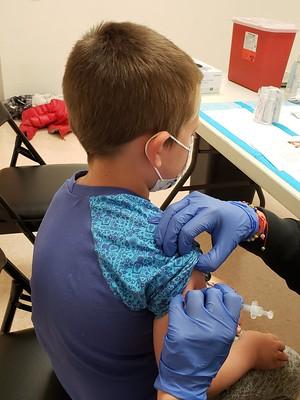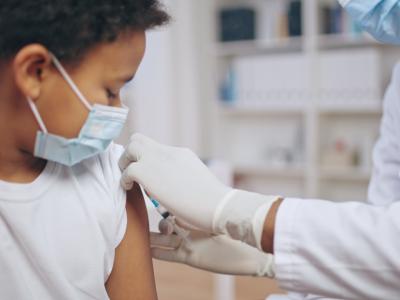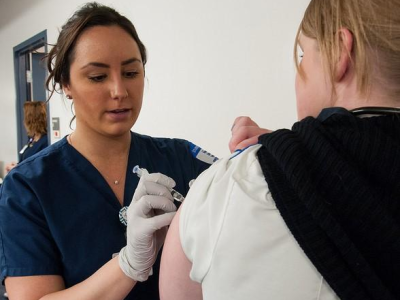
From 2018 to 2022, more Americans aged 51 to 60 years filed private health insurance claims for Lyme disease than any other age-group, according to a new infographic from the nonprofit FAIR Health.
The 51-to-60 age-group made up 23.5% of Lyme disease claims, followed by those aged 41 to 50 (18.8%), 31 to 40 (14.1%), 19 to 30 (14.0%), 61 to 70 (13.9%), 0 to 18 (11.3%), and older than 70 (4.3%).
Caused by Borrelia burgdorferi bacteria, Lyme disease is spread through the bite of blacklegged (deer) ticks. Symptoms. typically include fever, headache, fatigue, and a characteristic "bull's eye" skin rash. If untreated, joint, cardiac, and neurologic complications may ensue.
The Centers for Disease Control and Prevention estimates that roughly 476,000 Americans are diagnosed and treated for Lyme disease each year, but it cautions that the number is probably an overestimate because some patients are treated presumptively in clinical practice.
Other key findings
The infographic's other results include:
- In 2018, the top five states generating Lyme disease claims, in descending order, were New Jersey, North Carolina, Rhode Island, Connecticut, and Massachusetts. By 2022, the top state was still New Jersey, followed by Vermont, Connecticut, Pennsylvania, and Rhode Island.
- Lyme disease claims were more common in rural than urban areas in June and July, but the opposite was true from November to April.
- Except for the older-than-80 age-group, malaise and soft tissue-related diagnoses were more common among Lyme disease patients than other patients.
"Lyme disease remains a pressing public health concern," FAIR Health President Robin Gelburd, JD, said.













